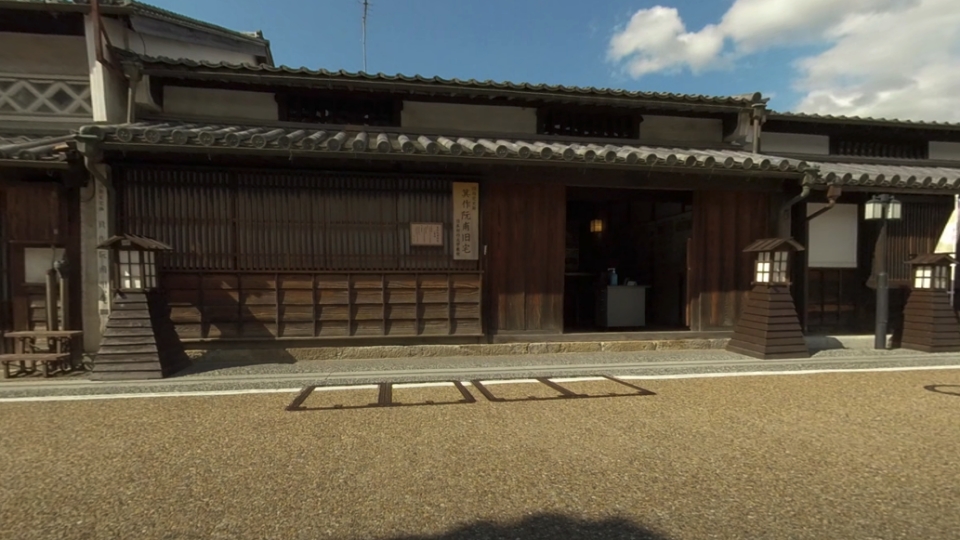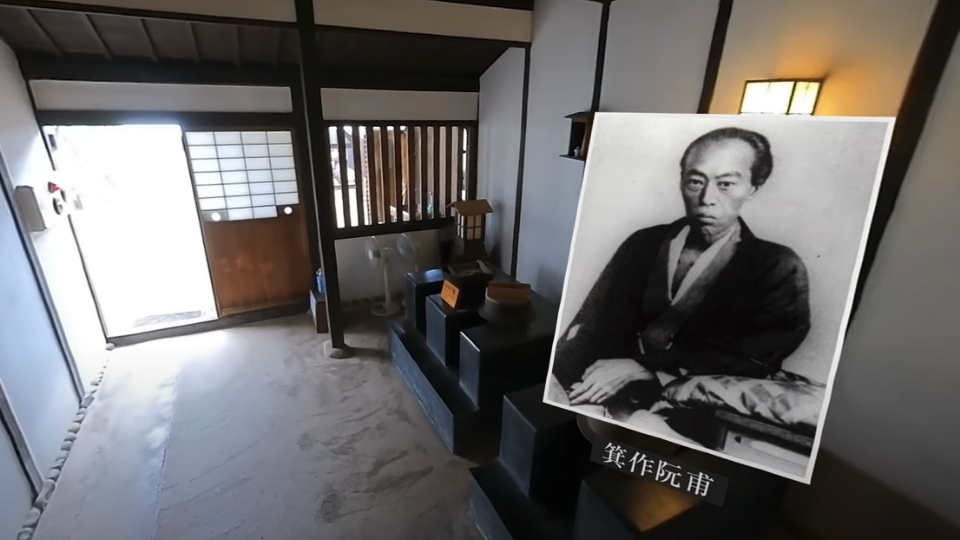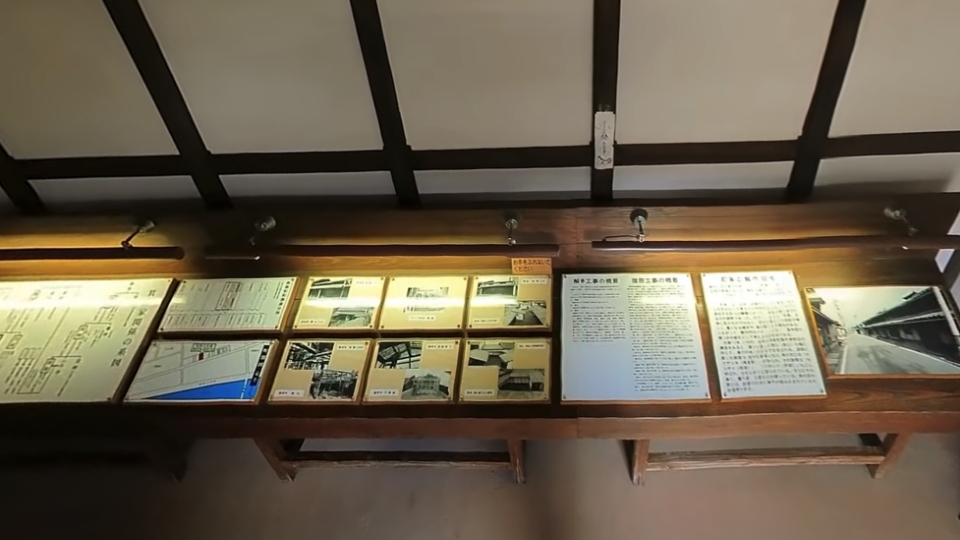The Former Residence of Mitsukuri Genpo
Discover the origins of a key figure in Japan’s modernization.
This was the birthplace of Mitsukuri Genpo, a doctor who worked for the Tsuyama Domain and a scholar of Western learning, who went on to be a major influence on Japanese adoption of Western science, as well as the modernization of education in Japan.

The former residence of Mitsukuri Genpo is located east of Tsuyama Castle, in the Joto Preservation District for Groups of Traditional Buildings. This building is believed to have been built in the early 18th century.
This is a rare instance of a single-story building in the Joto district. Though it was originally built connected to other townhouses, with shared walls between them, the buildings on either side have been demolished over the years, leaving this as a freestanding building.
This house uses bamboo for the rafters, under a roof with an unusually gentle slope. It is a quintessential example of small-scale machiya architecture in the Joto district from the middle of the Edo Period (1603–1868).

Mitsukuri Genpo was a doctor for the Tsuyama Domain, and a scholar of Western learning. He was born here in 1799, the son of another doctor who worked for the domain.
Following the death of his father and older brother, he became the head of the family at a young age. Despite these struggles, he devoted himself to his studies, learning about Confucianism and medicine in Tsuyama, and studying medicine further in Kyoto.
In 1819, Genpo began his medical practice in Tsuyama, and in 1823 he accompanied the lord of the domain to Edo (now Tokyo). There, he met Udagawa Genshin, another Tsuyama Domain doctor and a scholar of a field known as rangaku, who took Genpo under his wing as a student.
Rangaku, literally “Dutch learning,” was the term used at the time to refer to the study of Western learning. This is because the written materials came by way of the Dutch, who were the only Europeans allowed to trade with Japan at the time.
Genpo’s study of the Dutch language and European learning led him to play key historic roles: when Commodore Perry arrived in Japan in 1853, demanding that Japan open itself to trade with the United States, Genpo helped translate the letter that Perry had brought from the president. Not long after, when Admiral Putyatin arrived from Russia, Genpo was sent to join the negotiating team in Nagasaki.
Following Japan’s opening to trade with more countries, the shogunate government recognized the critical need for proper research and education in Western learning. In 1856, they established the Institute for the Study of Western Books, and Genpo was appointed as professor.
Genpo was also involved in the establishment of the Otamagaike Smallpox Vaccination Center in Edo, which served as a key preventative measure against this disease.
Today, Mitsukuri Genpo is considered Japan’s first university professor, as the Institute for the Study of Western Books went on to become the University of Tokyo, and the Otamagaike Smallpox Vaccination Center became the University of Tokyo School of Medicine.

Udagawa Genshin, a major figure in the development of modern science in Japan, took on Genpo as a student of rangaku. Genpo went on to translate many European writings, contributing greatly to the spread of Western knowledge and culture in Japan.
Genpo’s former residence has been designated a historic site, as the place where he spent his formative childhood years before he moved to Togawa-machi in 1812.
